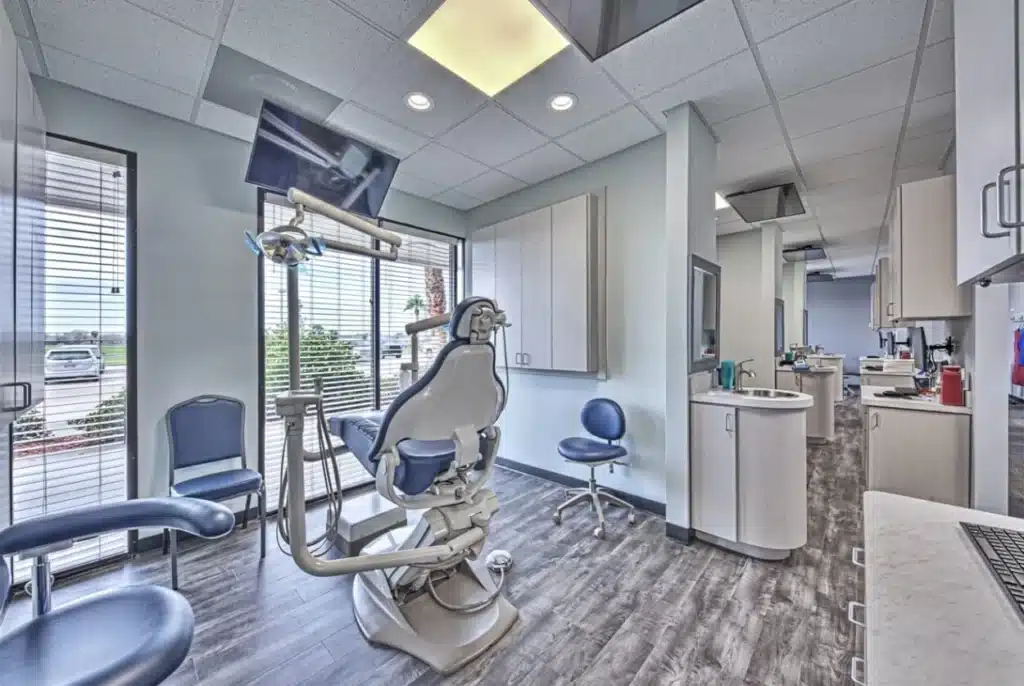Understanding how to navigate insurance coverage for oral appliance therapy can make the difference between delayed care and a smooth path to treatment. At Azuma Dental in Honolulu, Dr. Eugene Azuma helps patients manage the paperwork, coding, and approvals that come with treating sleep apnea through oral appliances.
Insurance doesn’t always feel intuitive, especially when it overlaps with both medical and dental fields. Fortunately, many policies recognize oral appliances as valid, medically necessary treatments when prescribed for sleep apnea. That recognition is the first step toward approval, but it’s not the only one.
From gathering the correct documents to understanding insurer timelines, navigating the system takes preparation. This guide outlines what you need to know to confidently move through the process and increase the likelihood of reimbursement.
Why Insurance Matters in Oral Appliance Therapy
Insurance coverage can ease the financial burden of sleep apnea treatment, but only if patients and providers know how to work with it. For many, oral appliances offer a comfortable alternative to CPAP, but getting those appliances covered requires proactive steps.
Most insurers classify oral appliances as durable medical equipment (DME). That means claims are processed through medical—not dental—insurance. This distinction matters, as it affects everything from billing codes to which providers can prescribe the appliance.
To qualify, patients must first have a proper diagnosis. This usually comes from a sleep study, often performed in collaboration with a medical provider. The diagnosis confirms the severity of the apnea and supports the need for treatment.
A physician’s prescription is also required. It must clearly link the diagnosis to the recommendation for an oral appliance. With that document in hand, insurers are more likely to approve the claim as part of a medically necessary care plan.
What Documentation Insurers Require
Submitting an insurance claim without the correct documentation is like trying to drive without directions. To improve the chances of approval, the paperwork must clearly show that oral appliance therapy is medically necessary.
Start with a sleep study. This provides quantifiable evidence of the patient’s condition. The report should include the apnea-hypopnea index (AHI), oxygen desaturation levels, and overall sleep disruption. Without this, insurers won’t have the proof they need.
Next, include comprehensive medical records. These show how sleep apnea has impacted the patient’s health and quality of life. This might include notations of fatigue, mood issues, or trouble concentrating—symptoms that help build a full clinical picture.
One more important piece is the CPAP intolerance narrative. Many patients try CPAP before switching to an oral appliance. Insurers want to know why that approach didn’t work. A detailed note explaining discomfort, anxiety, or poor fit can justify the need for a different therapy option.
How to Handle Pre-Authorization and Billing
Getting pre-authorization from the insurance company before treatment begins is often the most important step for avoiding surprises. It helps patients know what to expect and prevents delays after the appliance is delivered.
Proper billing starts with the right codes. These might include CPT and HCPCS codes that describe the sleep study, oral appliance, and clinical evaluations. Without accurate coding, claims can be delayed or denied.
Here’s how to build a strong billing workflow:
- Verify insurance benefits and DME coverage
- Submit a pre-authorization request with supporting documents
- Use precise diagnostic and procedure codes
- Follow up regularly with the insurance provider
Using specialized billing services can also make a big difference. These professionals understand the nuances of dental sleep medicine claims and can reduce administrative errors that slow down the process. Their oversight helps improve approval rates and ensures claims are submitted correctly the first time.
Solving Common Insurance Challenges
Even well-prepared claims can run into roadblocks. When this happens, knowing how to respond quickly and strategically can keep the treatment process moving forward.
The most frequent issues include incomplete paperwork and coding errors. A missing sleep study, unsigned prescription, or incorrect code can trigger a denial. Reviewing all claims for accuracy before submission can eliminate these avoidable setbacks.
Billing experts can help identify the source of the problem. If a claim is denied, they know how to revise and resubmit with the correct documentation. Their experience working with various insurance companies gives them insight into how to avoid repeat mistakes.
Here are three ways to overcome insurance delays:
- Review denials closely to identify what’s missing
- Correct and resubmit claims with full documentation
- Contact the insurance company directly to clarify requirements
These steps might take time, but they’re often necessary for securing reimbursement. With persistence and the right team, most claims can be resolved.

Best Practices That Improve Approval Rates
Running into problems with insurance doesn’t mean the system is broken—it just means the process needs refinement. Incorporating a few best practices into your workflow can dramatically improve outcomes for both patients and providers.
Start with digital systems. Electronic records reduce errors, speed up submission, and ensure that every step of the process is documented. Automating claims and using templates for sleep studies and prescriptions helps maintain consistency.
Ongoing training is equally valuable. Insurance policies change often. Keeping the team updated on current payer requirements, coding changes, and new submission guidelines can prevent outdated claims from being denied.
Here’s what to build into your team’s routine:
- Weekly or monthly audits of submitted claims
- Real-time updates on insurer policy changes
- Refresher training on insurance coding and documentation
These efforts not only improve claim success but also increase patient trust. Families are more likely to move forward with treatment when they know their provider is confident and organized.
When to Push Back or Escalate
Sometimes, even a perfectly prepared claim is denied. In those moments, it’s important to have a plan for escalating the case and advocating for the patient.
One strategy is to emphasize the clinical and financial benefits of oral appliance therapy. Compared to other treatments, oral appliances are often less expensive and more tolerable—two key factors that insurers may be willing to consider when reviewing appeals.
Another approach is to understand exactly how the insurer’s policy works. If a denial was issued due to a technicality, reviewing that policy carefully may uncover a pathway to resubmit successfully.
And finally, double-check the coding. A single incorrect number or outdated code can derail a claim. Making sure everything matches the insurer’s system is critical.
Successful appeals often hinge on these details:
- Clear restatement of the medical necessity
- Proper coding revisions
- Policy-based justification for coverage
Advocating effectively doesn’t mean fighting. It means being thorough, accurate, and prepared with a strong case for the care your patient needs.
Supporting Patients Through the Process
At Azuma Dental, we understand that navigating insurance can be frustrating. That’s why Dr. Eugene Azuma and his team take a hands-on approach to support patients every step of the way.
From day one, patients are educated about what their insurance does and doesn’t cover. Clear communication reduces surprises, builds trust, and empowers families to take an active role in their treatment plan.
Our administrative team works closely with billing professionals who specialize in sleep apnea care. We help gather the right documents, verify coverage, and submit claims with attention to detail and follow-through.
We’re not just here to provide care—we’re here to help patients get it covered, too. It’s part of our commitment to making sleep apnea treatment accessible, affordable, and successful.
Azuma Dental
Dr. Eugene Azuma
1580 Makaloa Street #950
Honolulu, HI 96814
(808) 955-6677
Frequently Asked Questions
Does medical insurance cover oral appliances for sleep apnea?
Yes. Most medical insurance plans cover oral appliances when they are prescribed by a physician and supported by a sleep study diagnosis.
What documentation do I need for insurance reimbursement?
You’ll need a full sleep study, your medical records showing CPAP intolerance, and a signed prescription from your physician recommending the appliance.
How can I avoid claim denials for my oral appliance?
Use the correct codes, double-check all documentation, and consider pre-authorization. Staying informed on insurer requirements is the best way to prevent delays.



